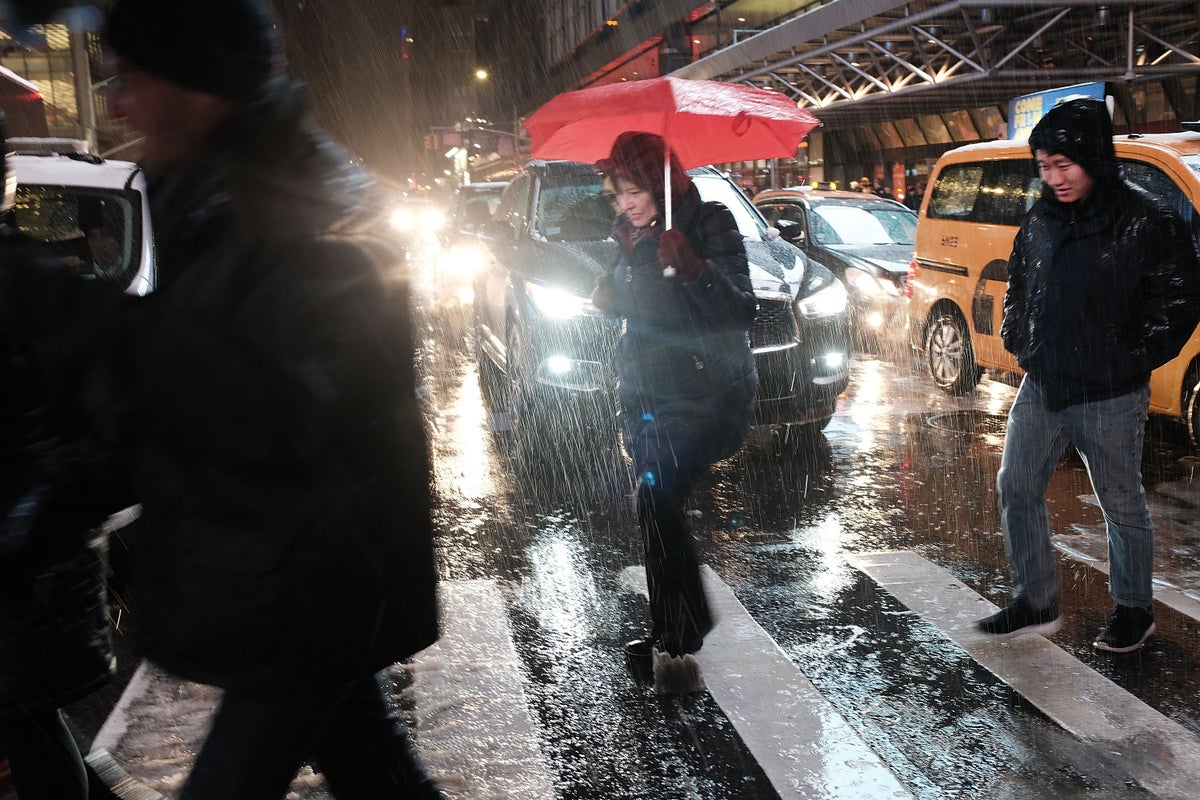
Jack Frost may not be nipping at your nose as much this winter season, according to the National Oceanic and Atmospheric Administration’s new winter outlook.
It’s going to be a drier and warmer year for a wide swath of the contiguous U.S., forecasters warned Thursday.
Only northern states are expected to see colder wetter conditions between December and February. Although the outlook does not include snowfall or how much precipitation will fall.
“The outlook does not project seasonal snowfall accumulations as snow forecasts are generally not predictable more than a week in advance, and cold weather can still be experienced in areas that are warmer-than-normal over the course of the season,” NOAA explained.
The forecast across the country is driven by a weak La Niña climate pattern which is expected to last through the year. Typically, that means a colder and wetter season for the northern U.S. and drier and warmer weather in the South and along the East Coast.
A milder-than-average winter is expected across the southern tier of the country.
All southern states stretching from California to Florida are projected to see above-average temperatures and either leaning or below average precipitation.
The majority could see precipitation that is either below or likely below the seasonal average.
“A northernly shift in the storm track during the winter months often accompanies La Niña events, so the southern tier of the country is forecast to be warmer and drier than normal,” Jon Gottschalck, chief of NOAA’s Climate Prediction Center’s Operation Prediction Branch, said in a statement.
The West and Southwest
Drier-than-average conditions are forecast in the desert Southwest, along the Gulf Coast and areas from Florida to the Carolinas.
More than 61 percent of the West is already in moderate drought conditions, according to the U.S. Drought Monitor.
The outlook shows those conditions lasting and worsening through the winter from southern Texas to California.
But that is not the case for the Pacific Northwest, which NOAA’s operational drought lead says is the most likely to see some relief.
The Midwest
Wetter-than-average conditions are slated for the Ohio Valley and southern Great Lakes region, providing some drought relief.
Although, the Midwest has an equal chance of seeing lower or above average temperatures, according to the outlook.
“In Indiana, they are leaning above average with precipitation,” Indiana’s WISHTV.com forecasters said. “That doesn’t necessarily guarantee above-average snow, as precipitation includes rain, snow, and mixed precipitation, such as sleet.”
In the Northeast, New York City, which last year saw its first white Christmas in 15 years, may not be so magical this year.
States along the Eastern Seaboard could also see a milder-than-average winter.
“December through February, we’re looking at above-normal temperatures all across the western Carolinas,” FOX Carolina meteorologist Chrissy Kohler explained.
That goes for much of the Southeast and Mid-Atlantic, as well.
In Florida, Tampa Bay 28’s Greg Dee said the warmest conditions overall would be across the central and southern part of the Sunshine State.
The Rockies, Plains and New England
There’s a middle section of the U.S. and into New England that has an equal chance of seeing lower or above average temperatures and precipitation.
But there are differences between the temperatures and precipitation outlooks.
“The biggest takeaway was their temperature forecast which showed slightly higher probabilities for a warmer than average winter in southern New England,” CBS Boston noted.
